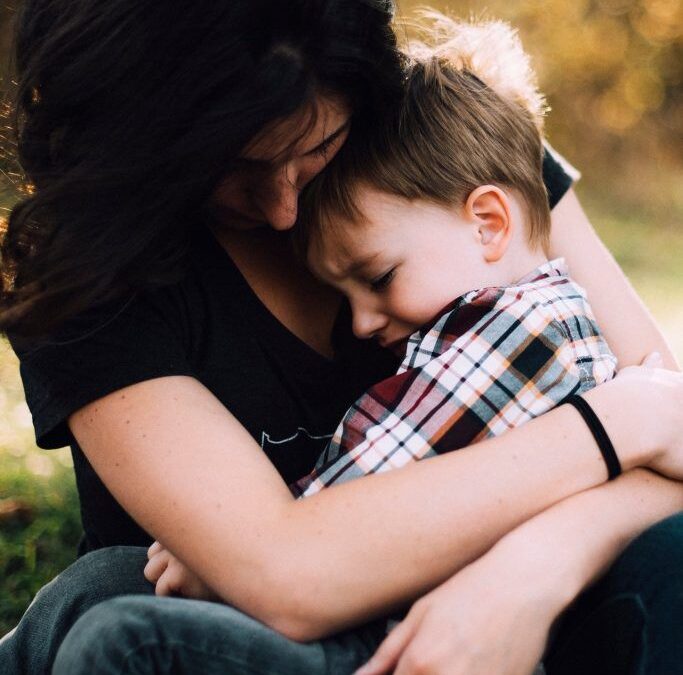The Solution:
Use Acuity Behavior Solutions’ REFLECT Framework!
When to Talk About It:
Oftentimes, the best time to talk to a child about their behavior is later on after they are calm. Acuity Behavior Solutions has created a framework for talking to your children in the “calm after the storm.”
How to REFLECT:
To talk to your child after a tantrum (or any other problem behavior), use the Acuity Behavior Solutions’ REFLECT Framework:
R – Review the incident calmly: Talk calmly about what happened, asking your child about what occurred, why it might have occurred, what people might have thought about the event.
You might say something in a neutral or caring tone similar to, “Tell me about what happened today when you cried at the store,” or “What happened earlier today when you cried?”
E – Embrace feelings: Talk about what feelings occurred, and discuss how all feelings are valid. The thing we need to control is how we respond to those feelings.
Embrace your child’s feelings by saying things similar to, “I know it’s hard when we don’t get what we want. I understand why you feel upset.”
F – Feel it with them: Talk with your child about how they felt and how those feelings are normal and ok to feel!
You might say something similar to, “Sometimes, I feel upset when I don’t get what I want.”
L – Let them talk: Let your child talk about what happened, allowing them to express their feelings, their perspective, and their fears. If they don’t talk much currently, you can have them point to the items and ask questions for them to answer with simple answers. The goal is to allow them time to discuss what occurred with you and to feel heard and accepted.
You could say something similar to, “What else did you think today when that happened?” or “Why do you think you felt that way?”
E – Evaluate the function or reason: Review the incident with your child and write down the incidents/events that occurred before and after the behavior to determine the function, or the reason.
This is something that an ABA team is expert at and can help you with. We analyze behaviors of all kind to determine what the reason was that it occurred, and we can help you too! On your own or with your ABA team determine what the function of the behavior was of the four functions of behavior – Sensory / Escape / Attention / Tangible. Contact your ABA team or contact us at 714-696-2862 to set up an appointment with a behavior specialist BCBA.
C – Create alternatives to get desired results: Once we have an idea of the “why” on the behavior, we can create other ways to obtain the desired results. These are called replacement behaviors. Replacement behaviors are what the child can do instead of the inappropriate behavior to get the desired result.
An example: if an inappropriate behavior occurred for the function of attention, then consider tapping someone’s shoulder for attention as a replacement behavior.
ABA teams at Acuity Behavior Solutions help with determining effective replacement behaviors, and evaluating them, as well as improving them, to ensure they are working.
T – Teach the alternative method: Teaching the replacement behavior includes explaining the new method, showing them how, having them practice, and giving them feedback. This method of teaching is called Behavior Skills Training in the research and it’s very highly effective at teaching new behaviors.
Teaching should not be a one time thing, but rather should be an ongoing thing. Just like a child may take many attempts to learn to talk or to walk, a child may take multiple teaching sessions to learn a new coping skill or alternative behavior to their tantrum or other inappropriate behavior.
One example of this for a tantrum with the function of getting tangible items, would be to teach a child to calmly ask. First you would explain why it’s important to talk instead of tantrumming and explain how it should sound, then you would show them how, then you would have them practice, and finally you would give them feedback about how they did. Practice should keep happening until it’s easy for them!
ABA therapy helps to practice key skills and replacement behaviors, so feel free to contact your ABA team or our office if you need an ABA team!




